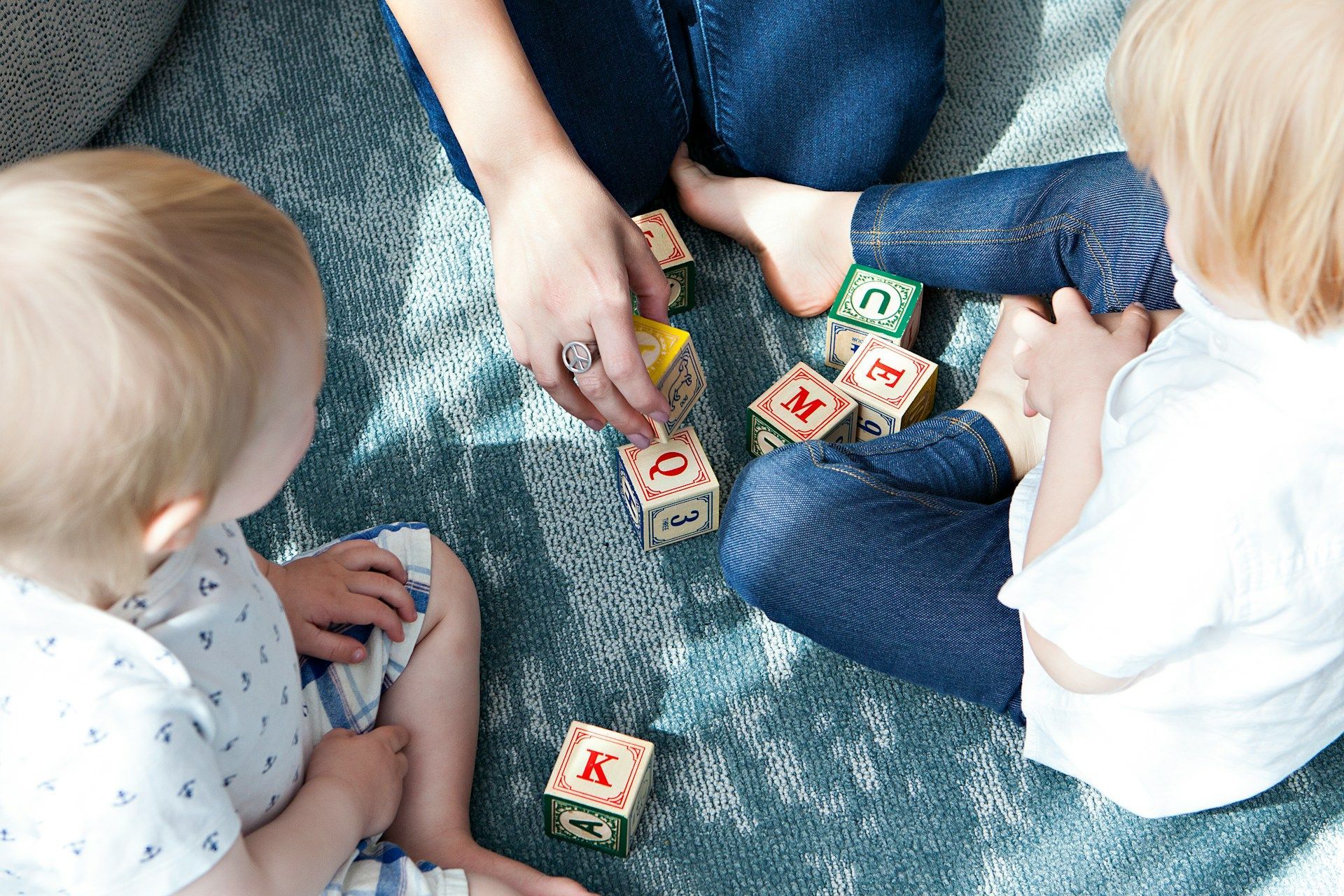Sand Tray Therapy: Healing Anxiety, Trauma & Depression | Charlotte
Discover Margaret Lowenfeld's Revolutionary World Technique for Deeper Therapeutic Breakthroughs

Picture this: A client sits across from you, struggling to put their deepest feelings into words. The weight of anxiety, depression, or trauma feels too heavy to verbalize. Traditional talk therapy hits a wall when emotions run too deep for language. What if there was a way to bypass words entirely and access the unconscious mind through creative expression?
The Problem
Many clients find themselves stuck in therapy when verbal communication fails to capture the complexity of their inner world. Traditional counseling approaches can feel limiting, especially for those who have experienced trauma, children who lack developed verbal skills, or adults who struggle with emotional expression. The conscious mind often blocks access to deeper healing through its natural defenses and intellectual barriers.
The Solution
Sand tray therapy offers a powerful alternative pathway to healing that speaks directly to the unconscious mind. This therapeutic approach allows clients to create three-dimensional scenes using miniature figures, objects, and sand, providing a safe space for non-verbal expression and emotional processing.
Research Foundation
Dr. Margaret Lowenfeld established the World Technique in 1929 using sand trays, toys, and models, first presenting it to the psychology community in 1931 and later to the British Psychological Society in 1937. Her groundbreaking work laid the foundation for what we now recognize as sand tray therapy, demonstrating that "the processes of a child's mind" could be studied and understood through toy placement in sand trays.
The World Technique: A Window into the Unconscious
Overview of Dr. Lowenfeld's Approach
The World Technique was developed by Margaret Lowenfeld as a way to engage children in a therapeutic process and to allow them to express themselves non-verbally through play. The method involves providing clients with wet and dry sand in separate trays along with a diverse collection of miniature figures and objects.
Clear Steps for Implementation
- Create a Safe Space: The therapist provides a non-judgmental environment where clients feel free to explore without interpretation or direction.
- Offer Materials: Clients have access to sand trays and hundreds of miniature figures representing people, animals, buildings, vehicles, and symbolic objects.
- Allow Natural Expression: The scene created acts as a reflection of the person's own life and allows them the opportunity to resolve conflicts, remove obstacles, and gain acceptance of self.
- Witness Without Interpretation: The therapist observes and validates the client's creation without immediately analyzing or interpreting the symbolism.
- Process Through Discussion: After the sand tray is complete, therapist and client explore the experience together, allowing insights to emerge naturally.
Clear Benefits
Sand tray therapy offers unique advantages for treating anxiety, depression, and trauma. It is based on the notion that, if the therapist provides the client with a safe space, the client will use the sand tray to create solutions to their problems on their own. This approach bypasses verbal defenses, accesses unconscious material, and provides a concrete representation of internal experiences that can be modified and transformed.
The technique proves particularly effective for trauma survivors who may find verbal processing overwhelming or retraumatizing. By creating external representations of their inner world, clients can safely explore difficult emotions while maintaining a sense of control and distance from their experiences.
Conclusion
Just as that client sitting across from you needs a bridge to their healing, sand tray therapy provides a pathway beyond words. Dr. Lowenfeld's revolutionary World Technique continues to offer hope for those struggling with anxiety, depression, and trauma by honoring the wisdom of non-verbal expression and the healing power of creative play.
Call to Action
If you're seeking a therapist who understands the depth of non-verbal healing approaches, the counselors at Bareiter Counseling Center are trained in evidence-based techniques including sand tray therapy. Don't let words be the only path to your healing journey. Call us today at 704-334-0524 to discover how sand tray therapy can unlock new possibilities for your emotional well-being.
References:
Lowenfeld, M. (1929). The World Technique. Institute for Child Psychology.
Lowenfeld, M. (1931). The World Technique in Child Psychology. British Psychological Society Conference.



